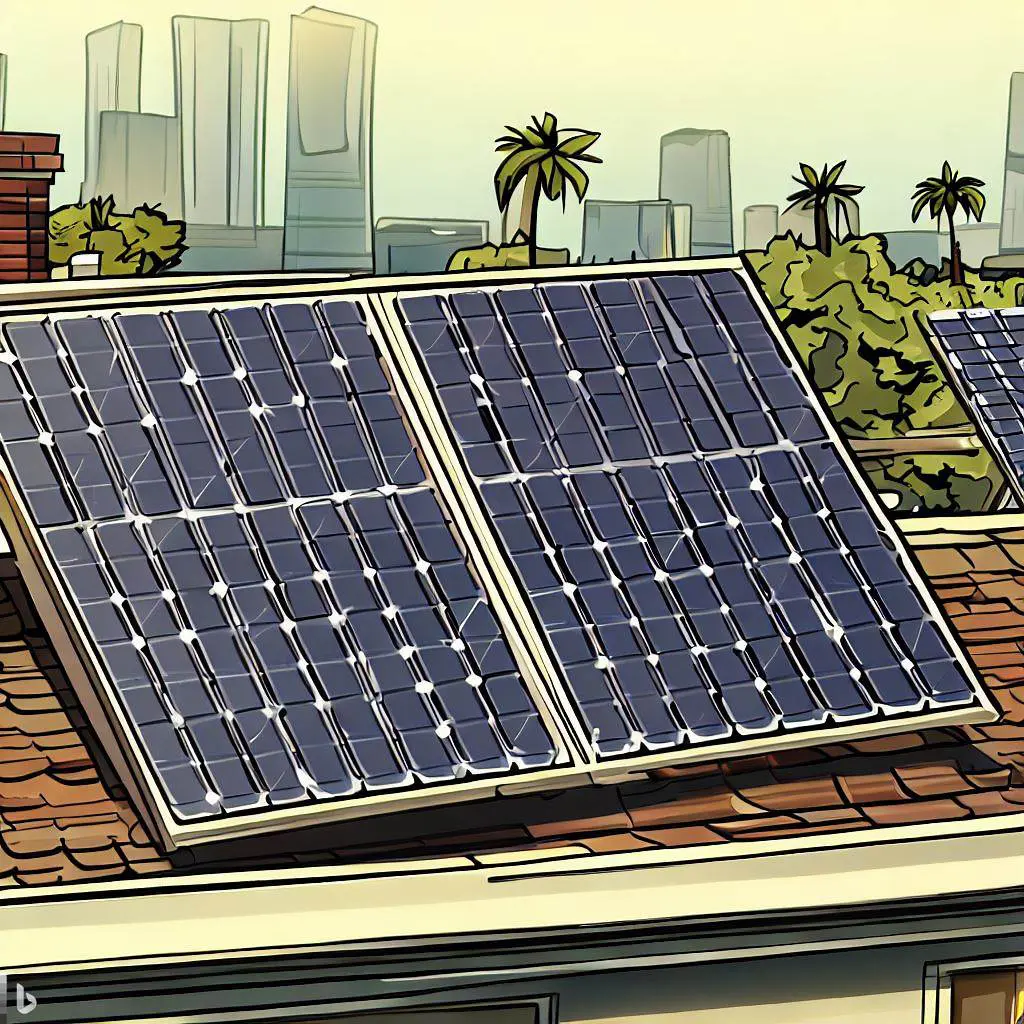Getting clean energy from your roof isn’t just good for the environment—it can also save you money each month. The key is understanding the costs involved in switching to solar power.
The brunt of the cost is upfront when you buy and install the equipment. But several other variables can help you minimize long-term costs.
Installation
As with any significant home improvement project, it’s wise to shop around for installation quotes. Refrain from jumping at the first price you receive, or you might spend more than necessary.

The most significant factors affecting solar panel cost include energy needs, location, and equipment selection. For instance, homeowners with higher energy demands generally require larger systems than those with lower energy needs. The type of panels you choose — monocrystalline vs. polycrystalline — can also affect price. Monocrystalline panels are more efficient, meaning you can fit more of them on your roof and produce more power per panel than polycrystalline models.
Other cost-reducing options include a federal tax credit known as the solar investment tax credit. Additionally, states offer incentives like net metering policies and rebates. It’s possible to break even on your solar system within eight years of installation if you take advantage of these rebates and incentives.
Equipment
As more households use solar energy to power their houses, solar energy is expanding globally. This trend does come at a price, though. The total cost of installing solar panels depends on several elements, such as the installation cost, state-specific subsidies, and the cost per watt of the equipment.
The most important factor over which you have control when installing a solar energy system is choosing the right equipment for your situation. This includes the number of panels, racking structure, and inverter. The best way to determine the right equipment is by comparison shopping with a reputable company.
It takes the average homeowner 60 months to recoup the initial investment from their monthly electricity savings after switching to solar. Once your switch is complete, you can protect yourself from rising utility rates and enjoy the security of electricity independence.
Installation Contractor
As you shop for a solar contractor, ask each company how their pricing structure works. Ideally, you want an independent contractor who bills on a cost-per-watt basis. This allows you to compare the overall price of the system (panels and equipment) from different contractors.
Some solar companies offer turnkey options allowing consumers to switch with minimal upfront costs.
When shopping for solar, it’s essential to consider the local market. Some areas have more competent, reliable installers than others. A well-respected, local contractor is willing to work hard for your business. This extra legwork might save you thousands of dollars on your solar installation.
Maintenance
Although solar panels are a sizable investment that can lower utility bills, you also need to consider the expense of maintaining your PV system. The good news is that installing energy-efficient equipment in your house and making simple lifestyle modifications can drastically reduce maintenance expenditures.
If a junction box or connection between solar panels fails, electricity production will drop to zero. If this happens, you should contact your solar system provider right away. You can also monitor your electricity consumption and production using monitoring software to spot any issues.
Like any electronics, solar panels degrade over time, losing around 0.5% of their yearly performance. However, you can minimize degradation by selecting high-quality equipment and a solid product warranty from your solar installation company. This will cover replacement costs while reducing your up-front financial risk.
Insurance
Homeowner priorities are shifting to include eco-friendly add-ons like solar panels. Studies show that solar energy systems are one of the most cost-effective ways to increase resale value and reduce utility bills.
Solar panel costs depend on various factors, including size, component options and configuration, labor rates, and local permitting requirements. They also vary by location based on electricity rates and peak sunlight hours. Incentives and tax credits are also available in some states.
Solar installation can be expensive, but it will pay for itself in reduced electricity costs over its 25-year lifespan. Contemporary photovoltaic solar panels retain around 80% generation efficiency over this time, enough to offset a homeowner’s total household electricity consumption and significantly shorten their energy bill payback period. Additionally, a residential PV system increases a home’s resale value and may qualify for an insurance discount if properly installed.
Taxes
The amount you pay depends on your specific tax situation. Still, solar energy systems offer unique federal and local rebates, Solar Renewable Energy Credits (SRECs), and other incentives. These reduce the system’s initial cost and monthly payments if you use a lender to finance your solar system.
These rebates and incentives may also lower your solar panel payback period, the amount of time it takes to recoup the upfront investment in electricity savings. Depending on your state, you can claim a state tax credit that further reduces your up-front costs.
Even without these financial incentives, a solar power system is an excellent way to cut your electric bills and invest in a cleaner, more sustainable future. It can also reduce your carbon footprint and help your community thrive during droughts and heat waves because solar doesn’t require water.

